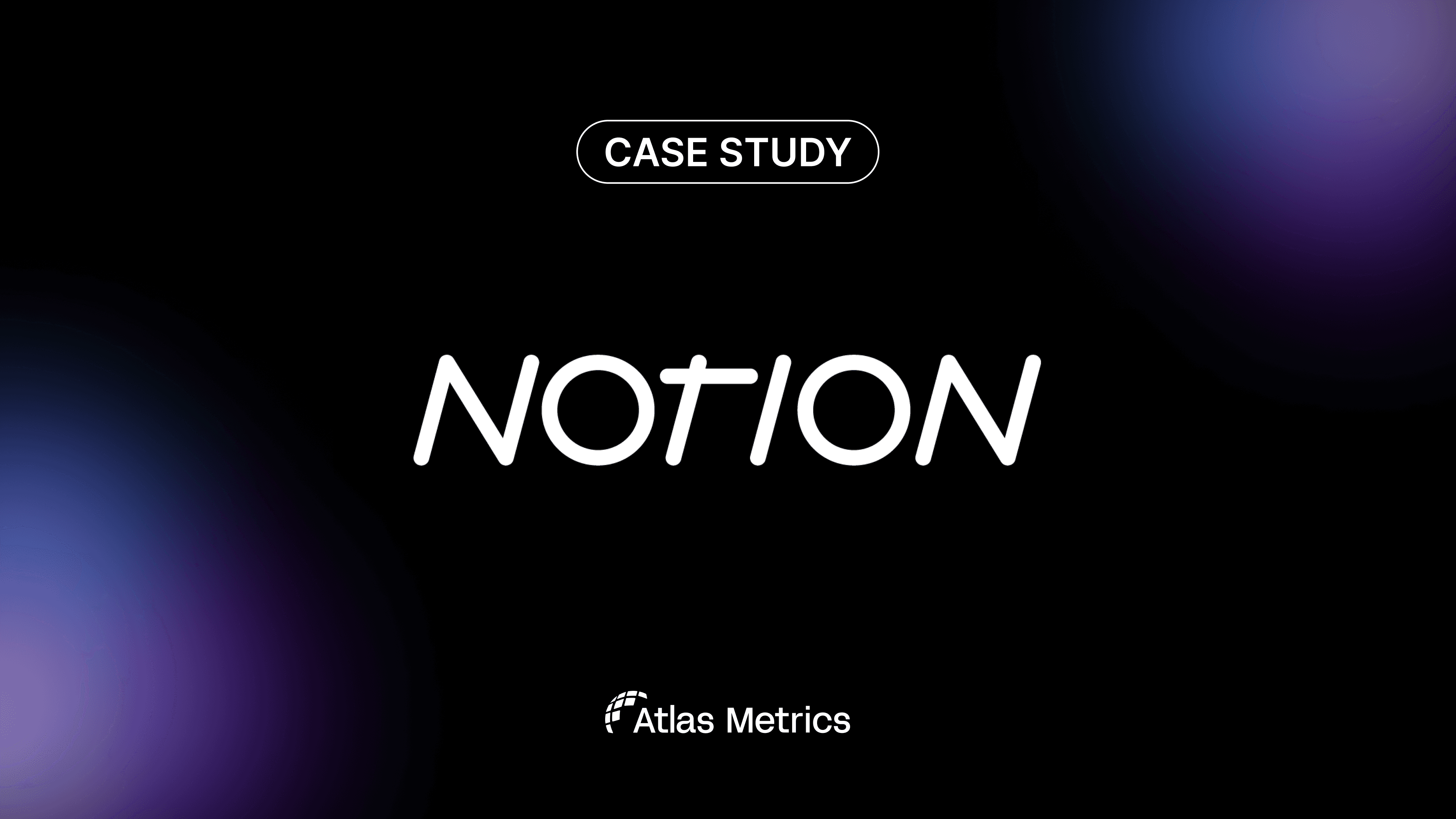The Strategic Relevance of Double Materiality Assessment Beyond CSRD Compliance
28.03.2025
·
Lena Bernkopf
The Double Materiality Assessment (DMA) is a central element of sustainability reporting under the Corporate Sustainability Reporting Directive (CSRD). However, the European Commission’s recent Omnibus proposal, which would exclude companies with fewer than 1,000 employees from the CSRD’s scope, significantly eases reporting obligations for many businesses.
This regulatory shift might prompt some companies to reconsider the value of conducting a DMA. But the strategic recommendation remains unchanged: DMA is worth doing—regardless of whether it’s required.
Why? Because double materiality goes far beyond compliance. It’s a strategic framework that strengthens risk management, informs smarter decision-making, and supports long-term value creation. By analyzing both financial materiality (how sustainability factors impact business performance) and impact materiality (how business operations affect society and the environment), companies gain a holistic view of risks and opportunities—insights that are crucial in a rapidly evolving business landscape.
A well-executed DMA enables organizations to:
Enhance risk management and resilience by identifying ESG-related vulnerabilities.
Uncover strategic growth opportunities and inform innovation efforts.
Strengthen stakeholder trust and create long-term value through transparency.
Even as regulations shift, forward-thinking companies understand that sustainability strategy should be driven by more than legal obligation. Investors, customers, and other stakeholders increasingly demand transparency and responsible action. DMA equips businesses to meet these expectations—and to lead, rather than follow, in times of change.
Why DMA Matters Beyond Compliance
Even without the regulatory push, more and more companies are recognizing that double materiality is a vital part of long-term business success. Rather than treating it as a reporting formality, forward-looking organizations are using DMA as a lens to better understand their risks, align strategy with stakeholder expectations, and identify future opportunities. The following sections explore the strategic advantages of double materiality in more detail.
1. Enhanced Risk Management and Resilience
A double materiality lens expands a company’s understanding of risk. Instead of focusing solely on traditional financial threats, it surfaces ESG-related vulnerabilities that often go undetected. Consider:
A textile manufacturer might identify water scarcity as a major operational risk due to facilities located in drought-prone regions.
A retail company could uncover reputational risks stemming from human rights concerns in its supply chain.
A logistics firm may flag profitability threats linked to rising fuel costs and stricter emissions regulations—spurring investment in greener fleets.
A grocery retailer might recognize that extreme weather events are disrupting agricultural supply chains, affecting pricing and availability.
A financial institution could find its portfolio is overexposed to carbon-intensive sectors, creating transition risks as global climate policies tighten.
Without a DMA, these risks may remain hidden until they become costly. With it, companies can take preemptive action—adapting operations, mitigating legal exposure, and enhancing operational continuity.
Materiality assessments broaden the risk horizon, helping organizations stay resilient amid regulatory shifts, stakeholder activism, and climate-related shocks.
2. Informed Strategic Planning and Opportunity Identification
DMA is just as much about opportunity as it is about risk. By taking a holistic look at the intersection of sustainability and business performance, companies uncover areas for growth, innovation, and differentiation.
For example:
A mid-sized tech firm might realize that developing low-carbon products aligns with consumer demand—and provides a competitive edge.
A manufacturer could discover that investing in circular design or green supply chains unlocks new markets.
A robust DMA helps move sustainability out of siloed departments and into the heart of strategic planning. It connects ESG insights with business outcomes, revealing opportunities to:
Reduce costs through resource efficiency
Build brand equity through transparency
Tap into emerging markets driven by sustainable innovation
Sustainability becomes not just a responsibility, but a lever for performance.
3. Long-Term Value Creation and Stakeholder Trust
Stakeholder engagement is core to double materiality—and a cornerstone of lasting business success. A well-structured DMA brings in diverse voices, from local communities to investors, to align sustainability strategy with real-world expectations and concerns.
Communities can share on-the-ground insight into environmental or social impacts.
Investors want to see how sustainability links to financial resilience and governance quality.
By actively involving stakeholders, companies demonstrate transparency, build trust, and enhance reputational strength. This trust translates into:
Greater investor confidence
Stronger customer loyalty
Higher employee engagement
Moreover, a thorough DMA helps businesses map and address stakeholder concerns—whether that’s labor rights in the supply chain or environmental degradation. Taking corrective action on these fronts not only mitigates reputational risks but also strengthens relationships and opens doors to new funding or partnerships.
Conclusion: Double Materiality as a Strategic Enabler
The bottom line is clear: Double Materiality Assessment is not just a compliance checkbox—it’s a competitive advantage.
Companies that embrace DMA position themselves to:
Anticipate and mitigate complex risks
Make better strategic decisions grounded in real-world data
Build resilience in the face of market, climate, and regulatory volatility
Earn and maintain stakeholder trust
In a world where ESG expectations are rising, even when regulatory requirements ease, DMA provides the insight and clarity needed to lead with confidence. It enables companies to see both their dependencies and impacts, aligning financial performance with social and environmental responsibility. Among various modules and features, our All-In-One ESG Software also offers an advanced feature for the Double Materiality Assessment.





